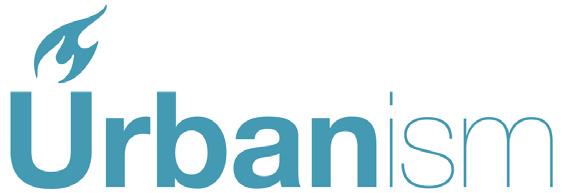
2 minute read
Problem statement
Problem statement
Research question:
Advertisement
How can value-based integrated planning redirect the course of development in the Greater Bay Area towards a people-ecological centric equilibrium?
The Greater Bay Area has the highest recorded rates of urbanization and economic developments in the world. Historically a grain-producing region, PRD transformed dramatically into one of the largest emerging industrial centres in the world, where economic development is associated with rapid urbanization. Envisioned as a rural-industrial model that aimed to absorb surplus rural labour, this model, while contributing to the economic development of the region also caused significant environmental issues, such as water and air pollution, loss of farmland, as well as deterioration of the ecosystem and living environment (Carmona, 2014; Lei, 2014).
Even though the GBA has the highest economic development and GDP of the country, it poses a grave challenge of having the highest income disparity worse than some developing areas of the world ( Xiaobin, Z., Li, Z., & Kelvin, S. T. O., 2004). With the economy shifting from manufacturing to service-based industry, the rates of unemployment have been at a rise. There are limited efforts for capacity building and job opportunities for unskilled labour. Poverty concentration, creation of urban villages, unfair resource distribution and poor living conditions have become prevalent throughout the region. Majority of the people in GBA are a floating population, i.e. the migrant workers whose rights are non-existent and the farmers within the region are at a danger of losing their stake and identity causing socio-economic vulnerabilities.
Climate change and the potential impacts have been extensive (Adger et al. 2003), posing one of the gravest environmental, economic, and security challenges the world is facing (Martens et al. 2009; Scheffran and Battaglini 2011). The cities of the Greater Bay area representing the most concentrated units of human society have also become the most vulnerable regions in the context of climate change (Stern 2007; IPCC 2007). The Pearl River Delta has one of the highest flood-risks in the world due to its continuing urbanization which exposes a large number of people to socio-ecological criticalities (Merz et al., 2010). The mitigation works ignore the ecological impacts and climate change. Vulnerable communities are at risk due to the lack of awareness and engagement with the authorities (Webster et al., 2005). There is a disengagement between flood management authorities and the planning authorities that have led to inefficient mitigation systems.
GBA’s development in the last five decades mainly focused on profit at the expense of its people and the environment. These shortcomings, if not addressed, would significantly put the area at risk for both socio-economic and socio-ecological challenges in the future. The new vision for GBA has to adopt resilience thinking where there is fair access to the resources for all the inhabitants rather than a few actors.
This project aims to transform the current economic-driven developmental model to a more people-ecological centric development which matches with the values and needs of the society today.






